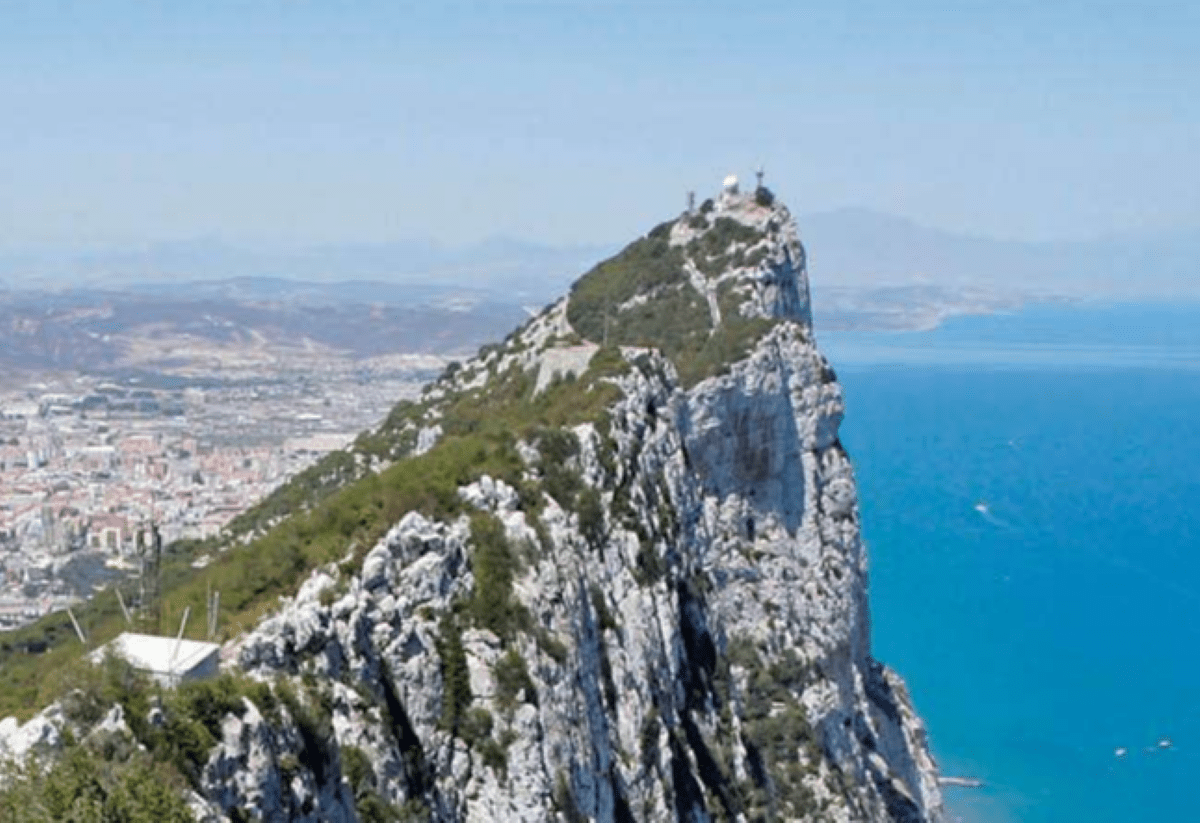
The Rock of Gibraltar
Gibraltar has been a source of tension between England and Spain for centuries, dating back to its capture by the British in 1704. Spain has long claimed sovereignty over Gibraltar, arguing that it was unjustly taken and should be returned to Spanish control.
Over the years, the tensions between the two countries have flared up at various times, most recently in the late 20th and early 21st centuries. In 2002, Spain closed its border with Gibraltar in protest of the territory’s plans to build an artificial reef, causing significant disruption to travel and commerce. The border was eventually re-opened, but tensions between the two countries have continued to simmer.
In recent years, the Brexit process has added another layer of complexity to the relationship between England and Spain, as Gibraltar’s status as a British Overseas Territory has become a point of contention in negotiations between the UK and the EU. Despite these challenges, Gibraltar has remained steadfast in its commitment to its British identity and the relationship with the UK has remained strong.
While the future of Gibraltar’s relationship with Spain remains uncertain, the territory has a rich history and unique cultural identity that continue to attract visitors from around the world.
The Rock of Gibraltar has been inhabited since prehistoric times and was first visited by the Phoenicians in the 7th century BCE. The Moors conquered Gibraltar in 711 CE and held it until it was retaken by the Spanish in 1462. The territory was ceded to Britain in 1713 as part of the Treaty of Utrecht.
Gibraltar played an important role in both World Wars, serving as a naval base for the British and providing a critical stop for convoys en route to North Africa. Today, Gibraltar is a popular tourist destination, attracting visitors with its unique blend of British and Mediterranean cultures, stunning natural beauty, and rich history.
During World War II, the British SAS (Special Air Service) played a crucial role in the defence of Gibraltar, the strategically important British overseas territory located at the entrance to the Mediterranean. One of the most interesting and lesser-known stories from this period involves the return of monkeys to Gibraltar after they had been evacuated to North Africa for safekeeping.
As the war raged on, it became clear that Gibraltar would be a key target for the Germans and their allies. To protect the territory’s non-human residents, a large number of monkeys living in Gibraltar were evacuated to North Africa for safekeeping.
When the tide of the war turned in favour of the Allies, the SAS was tasked with returning the monkeys back to Gibraltar. This was no easy feat, as the monkeys were wild and difficult to handle, but the SAS rose to the challenge and successfully transported the monkeys back to their home on The Rock.
This story of the return of the monkeys to Gibraltar is a testament to the resourcefulness and ingenuity of the SAS, who went above and beyond their duty to protect the local wildlife. It is
also a reminder of the important role that Gibraltar played in the defence of the Mediterranean and the broader war effort.
Today, Gibraltar remains a popular tourist destination, attracting visitors with its rich history and stunning natural beauty. The monkeys, meanwhile, have become a beloved symbol of the territory and a reminder of the unique and fascinating history of this British overseas territory.
To get to Gibraltar, you can fly into Gibraltar International Airport or take a ferry from Algeciras, Spain.
- Gibraltar International Airport offers regular flights from cities across the UK and Europe.
- Regular ferry services are available from Algeciras in Spain, making it easy to reach Gibraltar from the nearby Costa del Sol.
- Public buses run regularly between Gibraltar and neighbouring Spanish towns, making it convenient to travel to and from the territory.
Once you arrive in Gibraltar, the city is compact and walkable, with plenty of taxis and public transportation available to help you get around.
Whilst visiting Gibraltar, be sure to check out some of the following must-see sights:
- The Rock of Gibraltar: This iconic rock formation is the defining feature of Gibraltar and offers stunning views of the city and the sea.
- St. Michael’s Cave: This natural cave system has been used for various purposes over the centuries, including as a concert hall and hospital during World War II.
- The Great Siege Tunnels: These tunnels were carved into the rock during the Great Siege of Gibraltar (1779-1783) and provide a fascinating glimpse into the military history of the territory.
- The Moorish Castle: This ancient castle dates back to the 8th century and offers a glimpse into Gibraltar’s Moorish heritage.
- The Botanic Gardens: These lush and well-tended gardens are home to a diverse collection of plants, including some rare and exotic species.
In addition to these must-see sights, Gibraltar also offers a range of activities and attractions, including shopping, dining, and nightlife. Whether you’re interested in history, nature, or just soaking up the Mediterranean sun, Gibraltar is a destination that has something for everyone.
